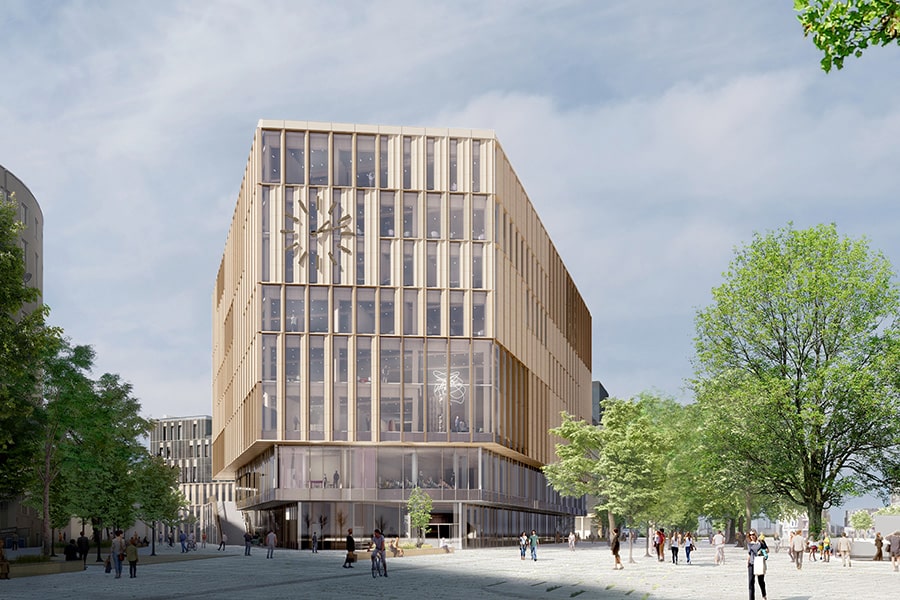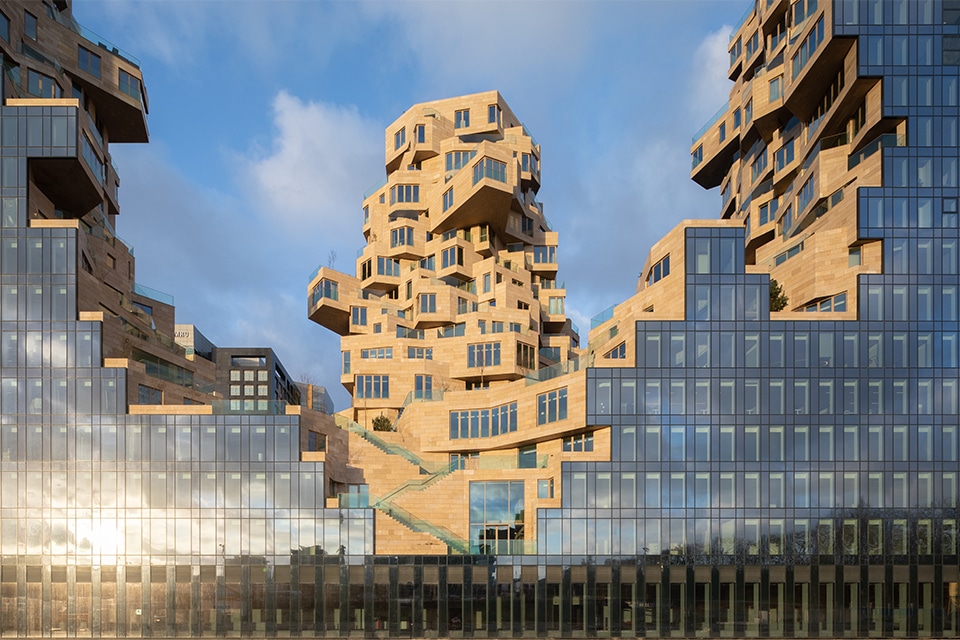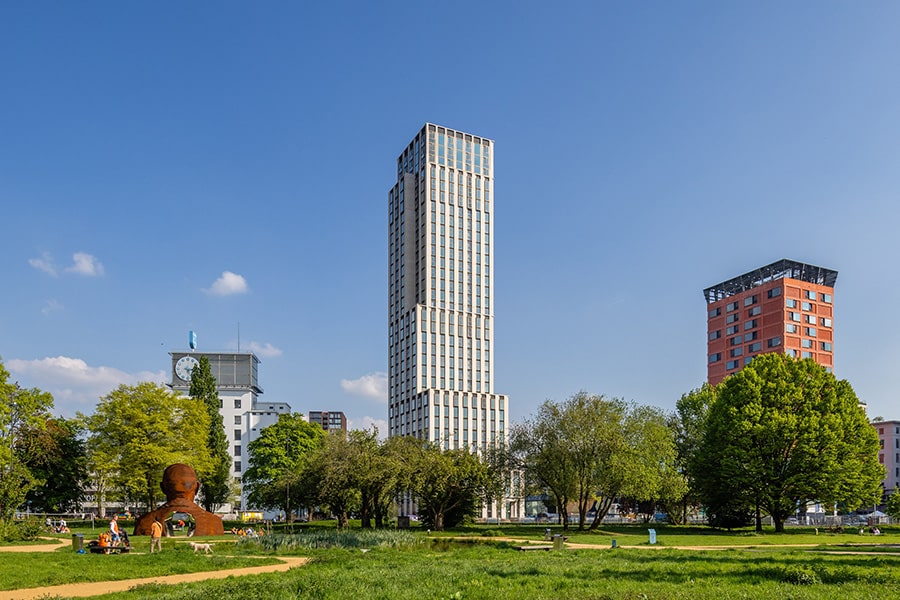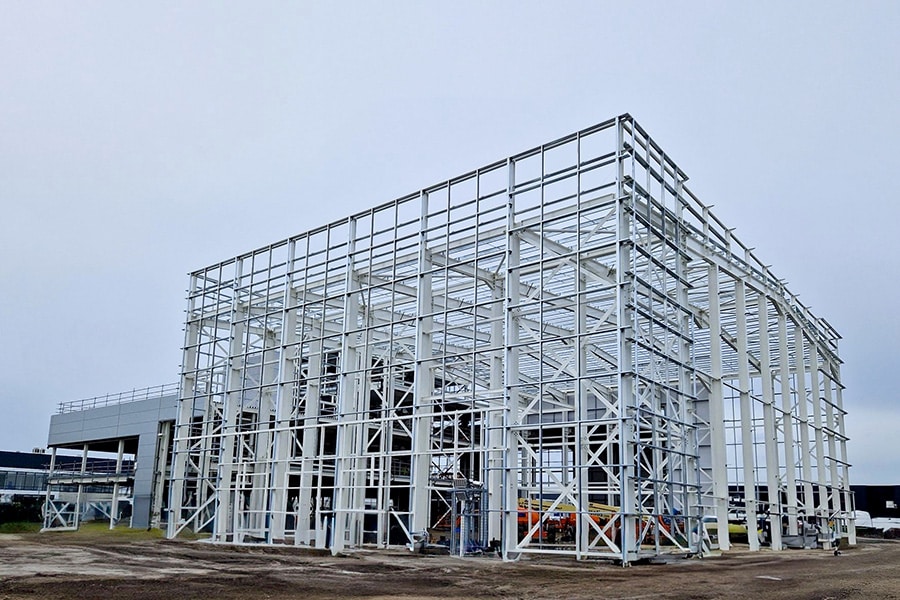
Making smarter sustainability: 'Time is running out'
Wim van den Pol, director of Van den Pol Elektrotechniek, sees real estate sustainability accelerating. "We are through the early adaptor phase and the early majority is in full swing. It's going faster and faster," he says. This is creating a big rush for installation companies, with the mandatory energy label C by 2023 as an additional trigger. "I expect a run on measures and certifications."
Recognized sustainability measures with a payback period of up to five years are mandatory in buildings with consumption above 50,000 kWh. "The environmental department is increasingly enforcing," Van den Pol says.
Attractive returns
The mandatory energy label C for offices by 2023 is another important step. "Even apart from the obligations, more and more organizations are taking action from an intrinsic motivation." Whatever the motivation may be, Van den Pol believes that becoming more sustainable is always wise. "And, given the attractive returns, also smart from a business perspective. Interest rates are low, most banks are happy to finance."
Online sustainability tool
Smart sustainability is based on reliable information. "Our Green Team gives clients quick insight into the most promising options, both technically and in euros. In doing so, our online sustainability tool is a valuable tool." Only if the starting point is Energy Label G or H are building measures required. "Often with LED lighting and better adjustment of installations, label C is relatively easy to achieve. If you also generate your own energy, then B and even A soon come into the picture."

Secure PV systems
Van den Pol has been a specialist in solar energy systems for 25 years. "The safety of PV installations often leaves much to be desired. Insurers increasingly demand a SCIOS scope 12 inspection. This checks the quality and safety of solar energy systems." EVI Montfoort, Van den Pol's independent inspection branch performs these scope 12 inspections. "The demand for this is increasing strongly. Customers are also combining scope 10 and 12, so they can be sure that their complete installation is safe."
Sustainable eye-catcher
On the contrary, when solar panel yields are at their lowest, wind provides the most return. "This is why we recently became a dealer of the Windwokkel. With this compact windmill, customers make optimal use of natural energy sources. And not unimportantly: the Windwokkel is a real sustainable eye-catcher."
Smart grids
Buildings are getting smarter. "Monitoring is becoming more extensive and more accurate," says Van den Pol. "Customers see exactly what is happening with their premises in terms of energy. Our performance is also transparent; are we delivering what we promise when it comes to saving and generating?"
Also important is the development of smart grids. "With these, energy use is automatically matched to the availability of green power, for example by additional heating or cooling. The power output of smart charging stations also moves with it."
Take action
Accelerating sustainability is creating a lot of pressure on the installation sector. "Time is running out for the mandatory energy label C by 2023," states Van den Pol. "Both for buildings that still need to take label steps and for the large number of properties without a label. I expect a run on measures and certifications." That's also why the emphatic advice: act quickly. "And if you do preserve, go straight for label A. Then a building is truly sustainable and you are also ready for after 2030, when that label becomes mandatory."
PRACTISE WHAT YOU PREACH
The Van den Pol business premises in Montfoort was upgraded from energy label D to A in 2010 with architectural and installation measures. The label will expire in 2021; time for the next round of sustainability measures. Through LED lighting, a new solar energy system and a hybrid air source heat pump, the A+++ label has been achieved. While electric company cars are now loaded in abundance, energy consumption is 66% lower than a decade ago.




